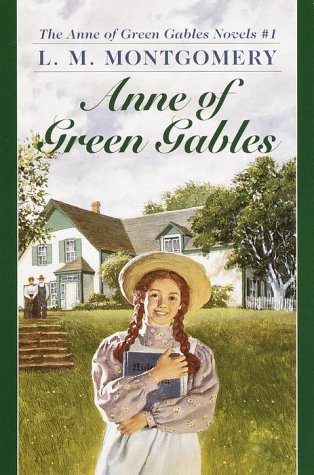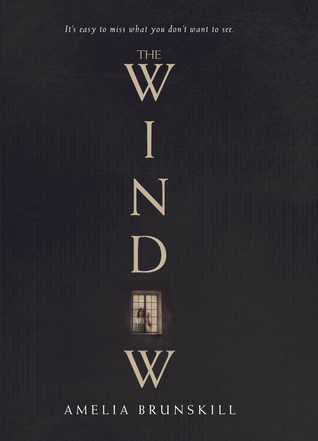[button color=”black” size=”big” link=”http://affiliates.abebooks.com/c/99844/77798/2029?u=http%3A%2F%2Fwww.abebooks.com%2Fservlet%2FSearchResults%3Fisbn%3D9780207155437″ target=”blank” ]Purchase here[/button]
Between 1909 and 1939, Lucy Maud Montgomery wrote seven books about an imaginative, talkative, high-spirited heroine named Anne Shirley, beginning with this one. Set in the tiny years of the 20th century, in the tiny Canadian province of Prince Edward Island, on a farm near the (fictitious) tiny town of Avonlea, Anne of Green Gables is the most popular book in the series. In its first hundred years of existence, it has become firmly established as a classic of children’s literature. And no wonder. It is pure joy to read. From the first moment she appears, Anne is a delightful companion for the imagination of any child, or any adult who still has one.
When we first meet Anne, she is a tiny, thin, pale orphan with bright red hair in braids. Sweet-natured, cheerful, vivacious – well, let’s be honest, she’s downright chatty – Anne has an eye for beauty and a vibrant inner life full of quirky imaginings. But she’s had a rough first eleven years or so. Bounced from one foster family to another, each of whom treated her as hired help, she has at last landed in a bleak, city orphanage in her native Nova Scotia.
Along come a shy old bachelor farmer named Matthew Cuthbert and his spinster sister Marilla. They decide to adopt a boy to help them around the farm, and to take over when they get too old to work. In a bizarre mixup involving an adoption by proxy, a boat, and a train, poor Matthew is surprised to find a redheaded girl waiting for him at the station. He is too tongue-tied to tell her she isn’t wanted. So he drives her home and listens to her talk, murmuring “Well now, I dunno” now and then when an answer seems required. And he falls right in love with her imagination and her spirit, right there in an open buggy on the road to Avonlea. By the time they get home to Green Gables farm, Matthew hasn’t the heart to tell her she must be sent back to the orphanage.
When he thought of that rapt light being quenched in her eyes he had an uncomfortable feeling that he was going to assist at murdering something – much the same feeling that came over him when he had to kill a lamb or calf or any other innocent little creature.
Marilla Cuthbert is another story. Stern and severe in her Calvinist thrift and discipline, she considers feelings of warmth and tenderness almost shameful things, things to be overcome or at least hidden. Nevertheless, Matthew prevails on Marilla, in his slow persistent way, to let Anne stay with them. Marilla quickly takes charge of the girl’s upbringing and begins trying to rein in her flights of fancy and her appetite for pretty fripperies. The relationship that develops between them is fascinating, funny, and frequently touching.
The book follows Anne through her primary-school and high-school years. It situates her childhood in the idyllic country surroundings of rural P.E.I., in a small, close-knit community where neighbors talk to each other over the fence. It details her dreams and adventures in the woods and meadows around Green Gables, her friendships and enmities with local girls and boys – most particularly Gilbert Blythe, who seems destined to win her heart someday, though for several years she refuses to speak to him or of him. It depicts the sparkle of a winning personality who overcomes every heart set against her, from the nosy, know-it-all Mrs. Rachel Lynde across the road to the strict mother and great-aunt of her bosom friend Diana Barry. And though the merry mischief in her matures and mellows, it is never quenched.
Prepare to laugh at Anne’s blunders and accidents. Prepare to grip the book with white fingers as she gets into scrapes and misunderstandings. Prepare to be captivated by an effortless flow of beautiful imagery, delicate humor, and swift-paced narrative. L. M. Montgomery’s prose reminds me of Austen, but in more modern language; or perhaps Dickens, but with a faster cadence, leaner style, and brighter outlook on the world. It’s good-humored writing about a uniquely marvelous, good-humored heroine. I am so glad to have met her. I urge you to make her acquaintance soon.



